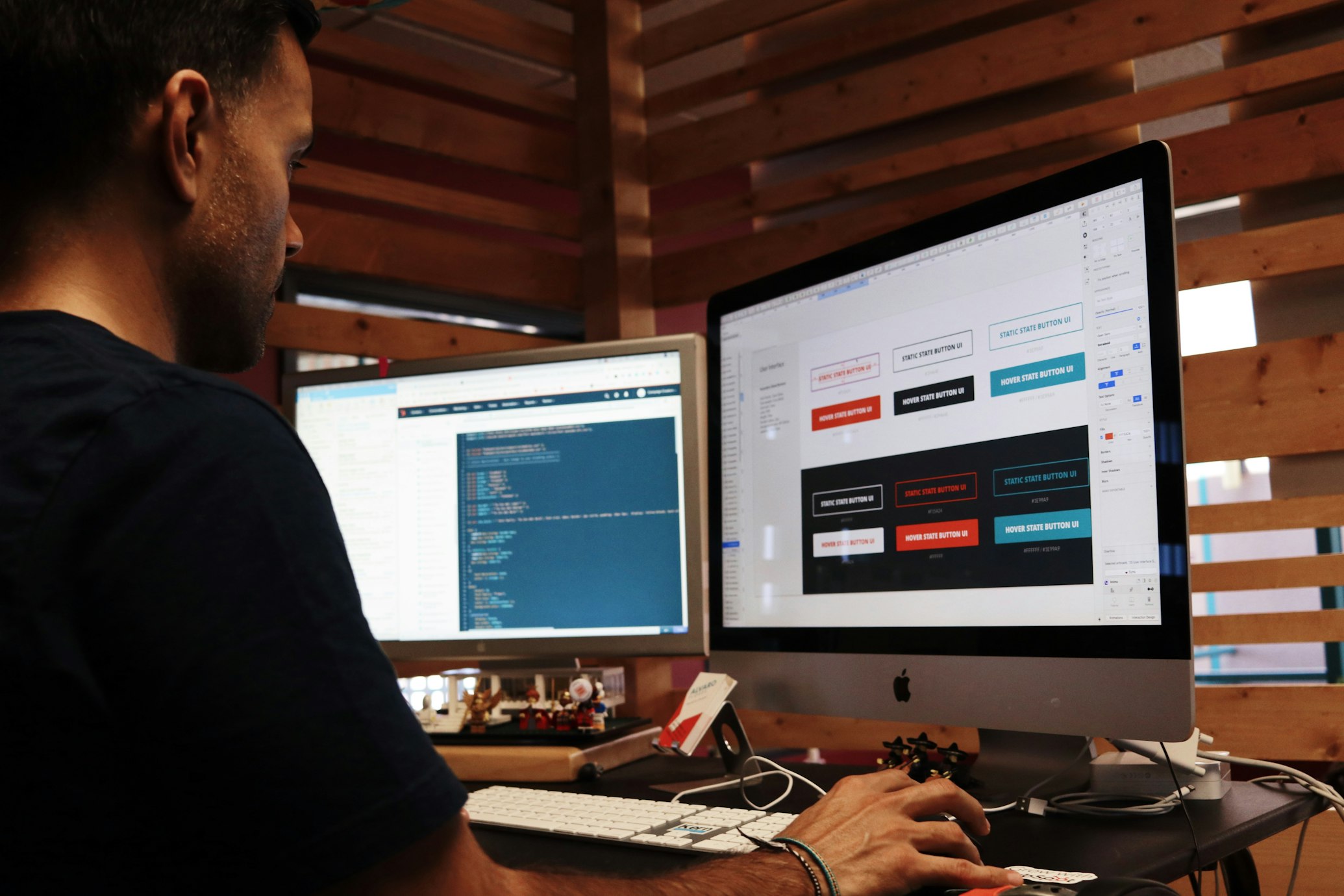Developing new products is a critical capability for businesses seeking growth and competitive advantage in today's rapidly evolving markets. Whether you're a startup launching your first offering or an established company expanding your product portfolio, a structured approach to new product development (NPD) can significantly improve your success rate.
At KEIKO LABS, we've guided numerous companies through the product development journey, and we've found that successful NPD combines rigorous process discipline with creative flexibility. In this article, we'll walk through the key stages of new product development and share insights from our experience working with innovative companies across industries.
The New Product Development Process
1. Idea Generation and Screening
Every successful product begins with an idea. This initial stage focuses on generating a wide range of potential product concepts and then screening them to identify the most promising opportunities.
Effective idea generation draws from multiple sources: customer feedback, market research, competitive analysis, technological developments, and internal brainstorming. The goal is to create a diverse pool of ideas that address unmet needs or solve meaningful problems.
- Conduct customer interviews and observational research
- Analyze market trends and competitive offerings
- Host cross-functional ideation workshops
- Establish an internal innovation program for employee ideas
- Monitor emerging technologies and their potential applications
Once you have a collection of ideas, apply screening criteria to identify those with the greatest potential. Consider factors such as strategic fit, market opportunity, technical feasibility, resource requirements, and potential return on investment.
2. Concept Development and Testing
After identifying promising ideas, develop them into more detailed product concepts. A product concept articulates the core value proposition, target customers, key features, and potential positioning in the market.
Concept testing involves presenting these concepts to potential customers to gauge their interest, perceived value, and purchase intent. This can be done through surveys, focus groups, or one-on-one interviews.

The feedback gathered during concept testing helps refine the product concept and informs the decision to proceed with further development. This stage is critical for identifying potential issues early when changes are relatively inexpensive to implement.
3. Business Analysis and Planning
Before investing significant resources in development, conduct a thorough business analysis to assess the commercial viability of the product concept. This includes:
- Market size and growth projections
- Detailed competitive analysis
- Pricing strategy and revenue forecasts
- Cost estimates (development, production, marketing)
- Profitability analysis and break-even calculations
- Risk assessment and mitigation strategies
This analysis forms the foundation of the business case for the new product and helps secure the necessary resources and organizational commitment for development.
4. Product Development
With a validated concept and approved business case, the focus shifts to transforming the concept into a tangible product. This stage involves technical development, design refinement, and the creation of prototypes or minimum viable products (MVPs).
Modern product development often employs agile methodologies, with cross-functional teams working in iterative cycles to build, test, and refine the product. This approach allows for continuous feedback and adaptation throughout the development process.
Key activities during this stage include:
- Detailed product specifications and requirements
- Technical architecture and design
- Prototype development and internal testing
- User experience (UX) design and refinement
- Manufacturing or production planning (for physical products)
- Quality assurance and performance testing

5. Market Testing
Before a full-scale launch, test the product in real market conditions with actual customers. The scope of market testing varies depending on the product type, industry, and level of investment.
Options for market testing include:
- Beta testing programs with early adopters
- Limited geographic rollouts
- Pilot programs with select customers
- Soft launches with minimal marketing
- A/B testing of different features or positioning
Market testing provides valuable insights about product performance, customer adoption, and potential issues that need to be addressed before full commercialization. It also helps refine marketing strategies and sales approaches.
6. Commercialization and Launch
With a market-tested product ready for release, the focus shifts to commercialization—the coordinated activities required to bring the product to market successfully. This stage requires close collaboration across multiple functions, including marketing, sales, operations, customer support, and finance.
A comprehensive launch plan typically includes:
- Final pricing and packaging decisions
- Marketing and communication strategies
- Sales enablement and training
- Distribution and channel strategies
- Customer onboarding and support processes
- Production ramp-up or service delivery preparation
- Launch timeline and milestone tracking
The launch itself should be treated as a significant event with clear objectives, metrics for success, and contingency plans for potential issues.
7. Post-Launch Evaluation and Optimization
The product development process doesn't end with the launch. Continuous monitoring, evaluation, and optimization are essential for long-term success. Establish systems to track key performance indicators (KPIs) and gather customer feedback.
Regular post-launch reviews help identify opportunities for improvement and inform decisions about product updates, feature enhancements, or potential extensions. This ongoing learning feeds back into the idea generation phase for future products or iterations.
Critical Success Factors in New Product Development
Based on our experience at KEIKO LABS, several factors significantly influence the success of new product development efforts:
Customer-Centricity
Successful products address genuine customer needs and deliver meaningful value. Maintain a relentless focus on understanding your customers throughout the development process, and be willing to adapt based on their feedback.
Cross-Functional Collaboration
Product development requires diverse expertise and perspectives. Create cross-functional teams with clear roles and responsibilities, and foster a collaborative culture that breaks down silos between departments.
Balanced Process Discipline and Flexibility
While a structured process provides necessary guidance, successful product development also requires adaptability. Establish clear stage gates and decision criteria, but remain open to pivoting based on new information or changing market conditions.
Executive Sponsorship and Resource Commitment
New product development requires sustained organizational commitment. Secure executive sponsorship and ensure adequate resources—financial, human, and technological—are allocated throughout the development journey.
At KEIKO LABS, we help organizations implement effective product development processes tailored to their specific industry, scale, and innovation objectives. Whether you're launching your first product or seeking to improve your existing development capabilities, our team of product specialists can provide expert guidance and support.
